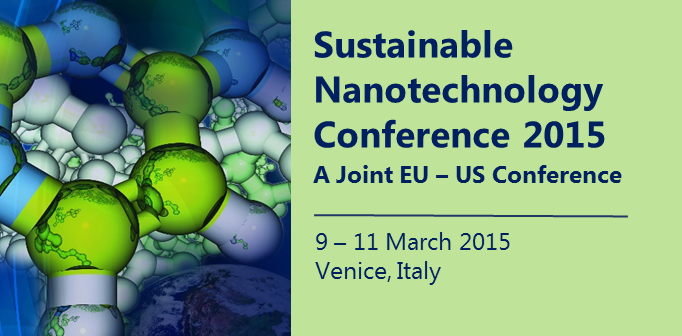Speaker
Michael Steinfeldt
(Universität Bremen)
Description
Nanotechnology is frequently described as an enabling technology and fundamental innovation, i.e. it is expected to lead to numerous innovative developments in the most diverse fields of technology and areas of application in society and the marketplace with sustainable and environmental benefits [1, 2, 3].
As a result and to enable sustainable nanoproducts in a life cycle perspective, the following questions arise: What is the environmental impact of the production of nanomaterials? What is the influence of these nanomaterials on the environmental impact of new (prospective) applications? Which kind of nanoapplications we need in future to realize high environmental (sustainable) benefits?
This contribution tries the answer of the questions in three steps:
i) By giving an overview of existing studies of published life-cycle assessments (LCAs) of the manufacture of nanoparticles and nanocomponents [4]
ii) It analyzes the results of existing and expected nanotechnology-based applications also giving a current overview for the quantification of environmental relief potentials of this developing technology lines [5], and discuss the
iii) characteristics of nanoapplications with high environmental (sustainable) benefits.
The focus is placed on the potential environmental (sustainable) relief provided by nanotechnology-based applications. Risk aspects, particularly in dealing with nanomaterials are brought up for discussion however it is not the focus of this contribution [6].
[1] Steinfeldt, M 2012. Environmental impact and energy demand of nanotechnology. In: Lambauer, J, Fahl, U, Voß, A (Ed.). Nanotechnology and Energy - Science, promises and its limits, Pan Stanford Publishing. p. 247-264.
[2] Steinfeldt, M. et al. 2010. Entlastungseffekte für die Umwelt durch nanotechnische Verfahren und Produkte (Environmental Relief Effects through Nanotechnological Processes and Products). UBA-Texte 33/2010, Dessau.
[3] Steinfeldt, M. et al. 2007. Nanotechnologies, Hazards and Resource Efficiency. Springer Heidelberg.
[4] Steinfeldt M, 2013. Life cycle data on nanomaterials and nanoproducts. Project report of the work package 4.5 of the NanoSustain project, Bremen.
[5] Steinfeldt, M. (2014): Life-Cycle Assessment of Nanotechnology-Based Applications. In: Rickerby, D. (Ed.): Nanotechnology for Sustainable Manufacturing. CRC Press Traylor & Francis Group, Boca Raton, London, New York, p.263-284.
[6] Steinfeldt, M. (2014): Precautionary Design of Nanomaterials and Nanoproducts. In: Michalek, T. et al. (Ed.): Technology Assessment and Policy Areas of Great Transitions. Informatorium, Prague, p. 321-328.
Primary author
Michael Steinfeldt
(Universität Bremen)
Co-author
Henning Wigger
(Universität Bremen)
